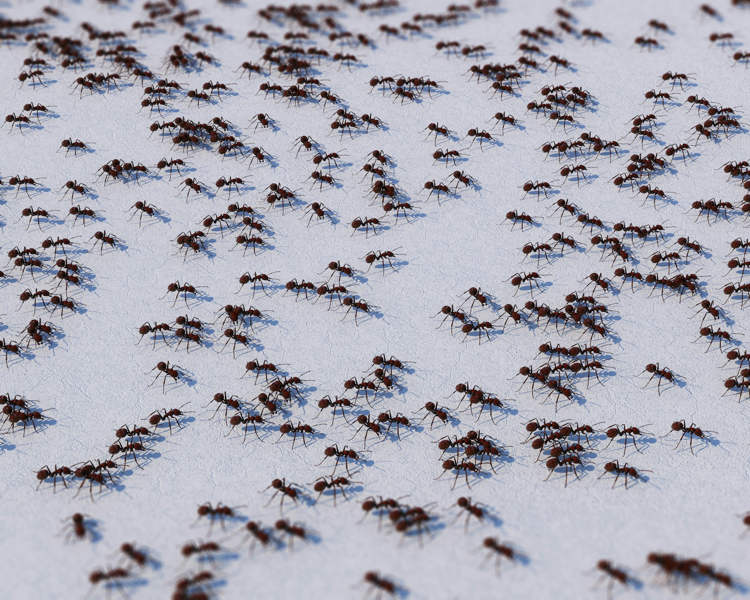
European Countries Struggle to Repel Invasion of Aggressive “Super Ants”
European countries like Germany, France, and Switzerland are trying to contain an invasion of Tapinoma magnum ants, a species that experts say is “virtually impossible

European countries like Germany, France, and Switzerland are trying to contain an invasion of Tapinoma magnum ants, a species that experts say is “virtually impossible
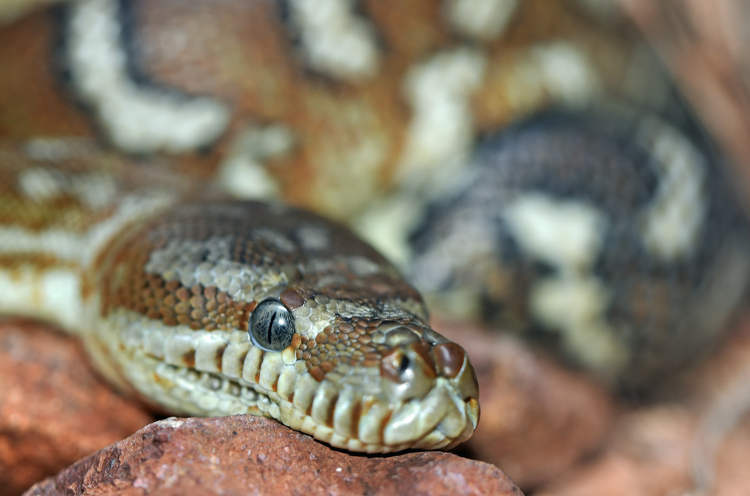
A 64-year-old woman was attacked by a large python while doing the dishes at her house in Samut Prakan, Thailand, and survived for about two

Kroshik, a 14-year-old ginger cat from the Russian city of Perm lost his ability to walk after ballooning to a whopping 17 kilograms (38 pounds)
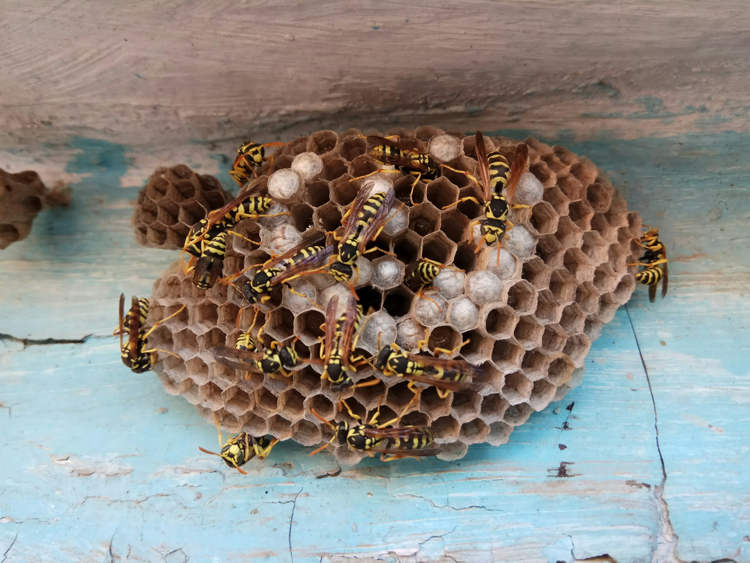
A 57-year-old man had to be hospitalized and put on morphine so he could endure the pain of 240 wasp stings after being attacked by

Animal lovers and animal rights activists the world over are asking for a boycott of the Bully Cat, a hairless breed becoming increasingly popular among
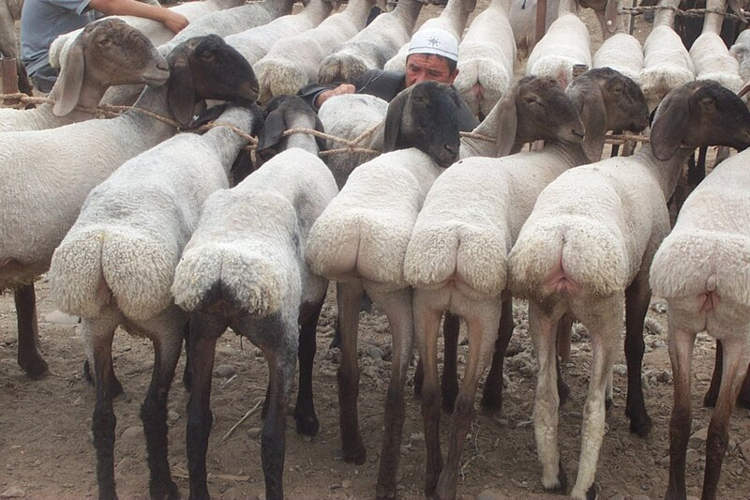
Fat-tailed sheep are a type of domestic sheep mainly found in arid areas and known for accumulating fat, mainly in the rear part of their

Italian fashion label Dolce & Gabbana is taking the canine perfume world by storm with Fefé, an “olfactory masterpiece” created by a master perfumer that

A New Zealand woman was sentenced to two months behind bars for overfeeding her pet dog Nuggi to the point where he could hardly walk

Xiaopai, a stylish Doberman from China, is taking the fashion world by storm with his natural modeling skills and irresistible stare. Dobermans make excellent guard

Hosun, a South Korean dog who suffered severe injuries and was thought to be dead after being hit by a truck, gained legendary status after

A bike-riding poodle has been getting a lot of attention on social media for his ability to get on a bicycle and ride it, using
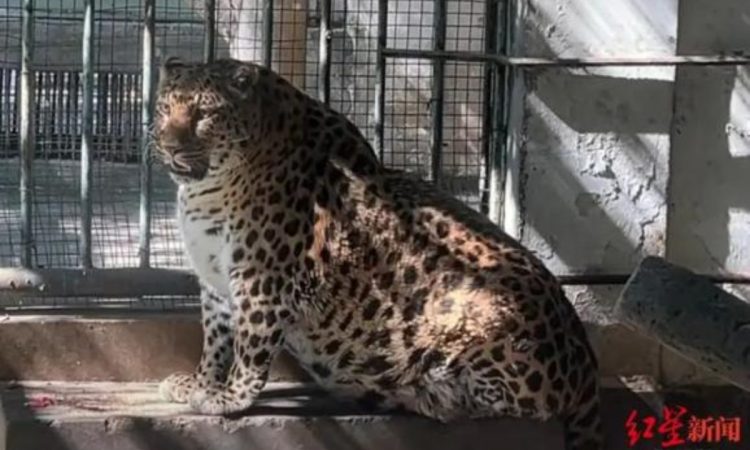
A Chinese zoo has given up on its plans to help an overweight leopard lose weight after two months of efforts yielded virtually no results.

Photos and videos of unmanned vending machines selling live animals like cats, small dogs, and rodents installed in various Chinese cities have been going viral
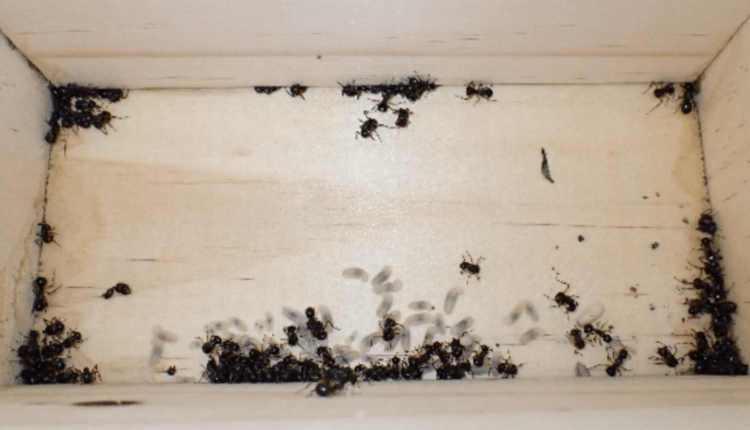
Researchers studying various species of animals on Australia’s Kangaroo Island stumbled upon a colony of Polyrhachis femorata ants that they believed was dead until one

A morbidly obese macaque named Godzilla who gorged on treats offered by passers-by in Bangkok, Thailand, succumbed to a myriad of weight-related illnesses at the